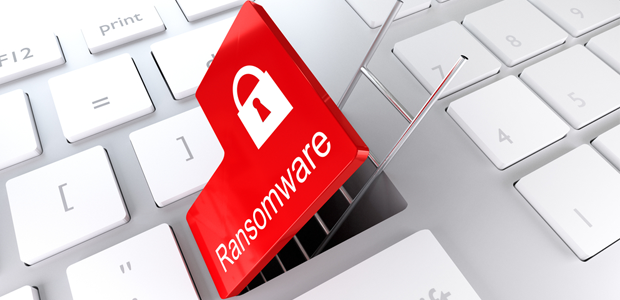
Ransomware attacks are increasing and becoming more disruptive. The cost and amount of downtime for organisations that fall victim to network encrypting malware is rising all the time.
According to Coveware, a leading cybersecurity company, the cost of the average ransomware payment for an attack has more than doubled from $41,198 to $84,116 in quarter four of 2019. Not only this, according to their report, the average number of days a ransomware attack lasts has increased to 16.2 days!
Ransomware has already impacted several organisations in the first month of 2020; Travelex, probably the most well known, was hit with a Sodinokibi incident on New Year’s Eve, which brought down their systems for nearly three weeks.
The cyber-criminals are becoming more sophisticated. After achieving network access, they take their time to explore the systems; reading emails and finding data stores. Once they know you, they create a plan of attack to cause the most panic, pain and operational disruption.
More than half of organisations that are victim to an attack end up paying the ransom, with varying degrees of success.
Currently, the three most common attack vectors are RDP compromise, email phishing and software vulnerability. All three of these high-risk areas are addressable through sensible planning and provisioning of IT security solutions and processes.
Organisations should deploy practical security solutions and ensure their staff are security trained and remain vigilant to the risks.
Do talk to us about a simple security review if you have concerns or questions about how your critical IT assets can be best protected.

